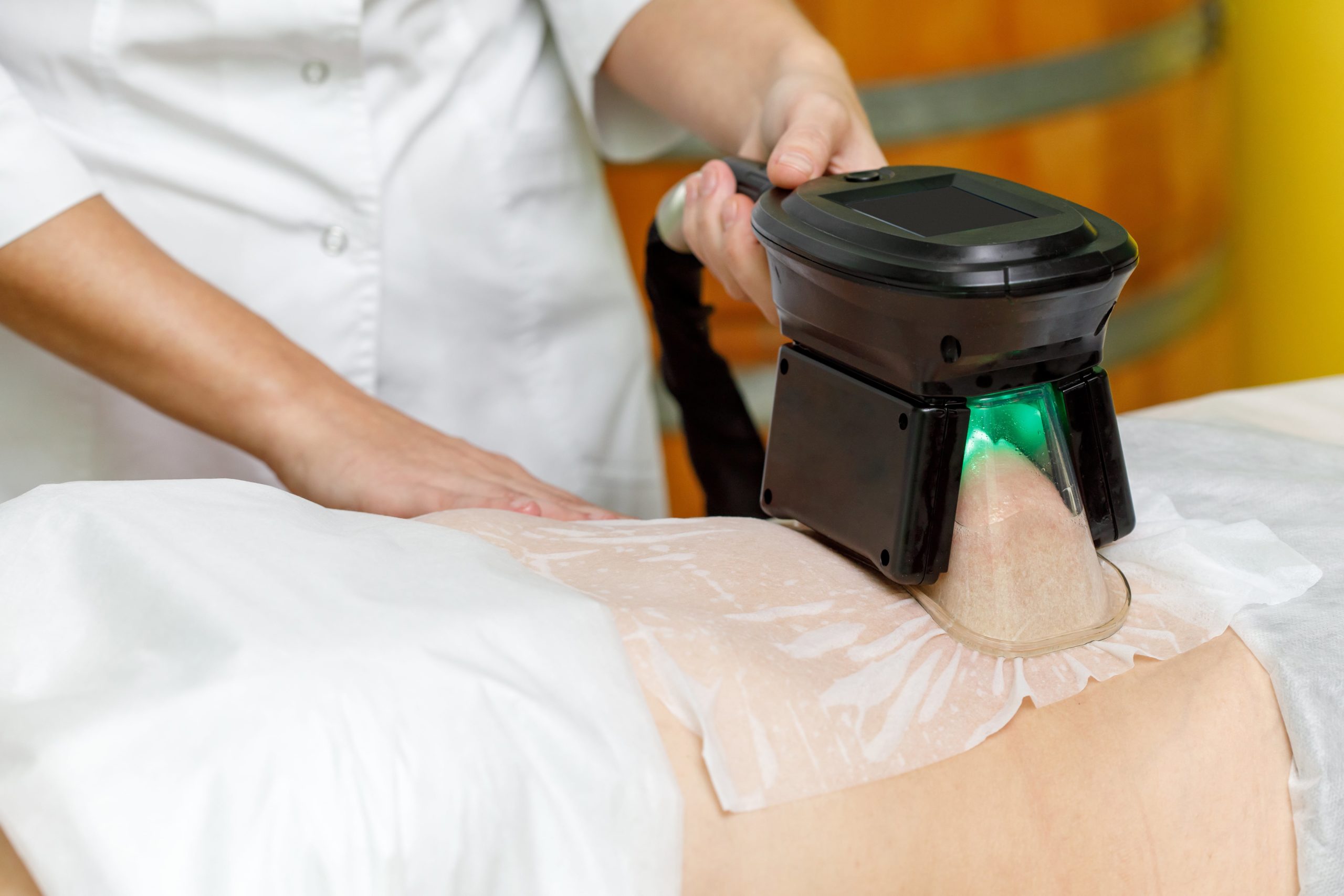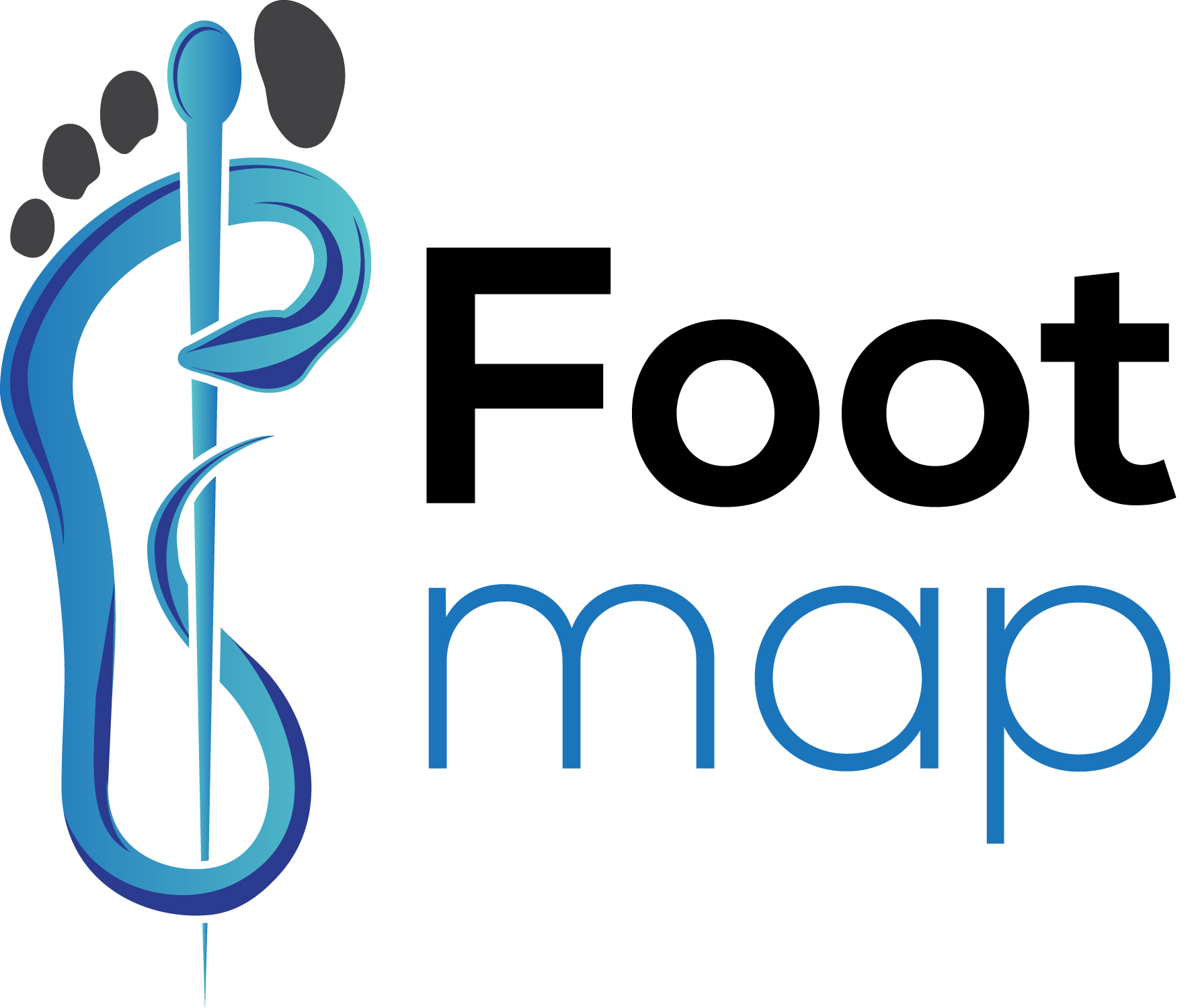Cryotherapy
Virus Pathology
 Viruses can not be killed because they are not truly alive. They exist in the margin between living things and chemicals. They can be concentrated , crystallised and stored in a flask for years before being used to take over the metabolism of a living cell.
Viruses can not be killed because they are not truly alive. They exist in the margin between living things and chemicals. They can be concentrated , crystallised and stored in a flask for years before being used to take over the metabolism of a living cell.
Although warts and verruca are not life threatening, they do cause pain, disfigurement and can limit activities. They can spread across the hands, feet, and to other areas of the body.
What Causes Verrucas?
There are over 150 genotypically different types of HPV, and 7 common strains that cause warts and verruca. Spontaneous resolution and response to treatment depends on many variables, including age, length of time the verruca has been present, where the wart is on the body, and the type of HPV. The human Papillomavirus 1,2 and 4 target non genital tissue, are 55nm wide have circular double stranded DNA and are notoriously difficult to treat.
The HPV virus creates a microenvironment in the skin that encourages the survival and reproduction of the virus, effectively hiding its existence from the body’s immune system.
There is clinical evidence that shows the longer the infection has persisted, the poorer the cure rate. Verruca that present on the feet in particular are difficult to resolve. The statistics tell us that 42% of verruca will disappear within 6 months, but if the condition persists for longer than 6 months, the chances of the virus clearing up without treatment drops to just 8%.
Treatment Options
Treatment options range from freezing, frying, desiccation, occlusion, laser therapy, hypnotism, OTC topical creams, juniper, lavender oil, tea tree oil even rubbing the wart on the rough skin of a toad. Some verruca will disappear on their own, and others require months, or years, of continual treatment.
At the Footmap clinic we tend to focus on cryogenic , occlusive, chemical or needling treatments. Your clinician we will give you the advantages and disadvantages of each method to help you determine which method is the most suitable for you. In some patients we have found that using a combination of these methods can lead to a higher success rate than any individual method.
Risks associated with cryotherapy
The treated skin may become red and swollen, you may develop a blister (common) and a scar (rare). The treated skin may also lighten or darken as the treatment can damage pigment production.
Week 0
The Foot Health Practitioner FHP will debride the leision using a scalpel before using the cryotherapy wand. Occlusion tape the same size of the wart will be cut and given to the patient.. Dressing will be applied if required
parents will be requested to leave the tape in place for 6 days. If the tape fell off, parents will be instructed to reapply a new piece of tape. At the end of the 6 days, they were told to remove the tape, soak the area in water, and then gently debride the wart with an emery board or pumice stone . The tape would be left off overnight and reapplied in the morning
Week 2
You will be asked to reattend the surgery .The infected area will be cleaned, sterilized and examined if deemed appropriate a second treatment will be given
Week 4
This will be a short appointment to clean the infected area and determine if any further treatment is required
Treatment
Week 0
The Foot Health Practitioner FHP will debride the leision using a scalpel before using the cryotherapy wand. Occlusion tape the same size of the wart will be cut and given to the patient.. Dressing will be applied if required patient will be requested to leave the tape in place for 6 days. If the tape fell off, patient will be instructed to reapply a new piece of tape. At the end of the 6 days, they were told to remove the tape, soak the area in water, and then gently debride the wart with an emery board or pumice stone . The tape would be left off overnight and reapplied in the morning
Week 2
You will be asked to reattend the practice .The infected area will be cleaned, sterilized and examined if deemed appropriate a second treatment will be given
Week 4
This will be a short appointment to clean the infected area and determine if any further treatment is required
